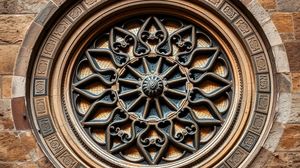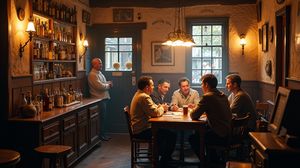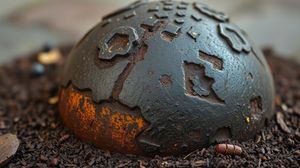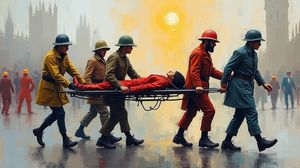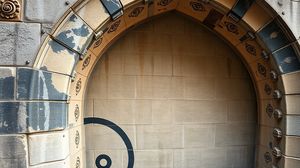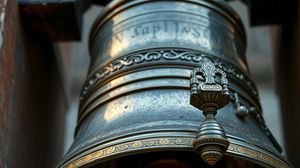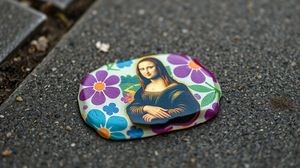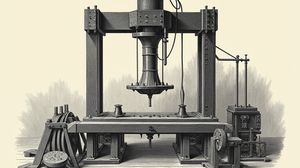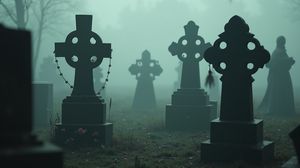
Cross Bones Graveyard, located in the Borough area of London, is a historic burial site with a distinctive past. It originally served as an unconsecrated graveyard for "single women," a euphemism for the thousands of sex workers who served clients in the licentious area of Southwark known as the Liberty of the Clink, outside the jurisdiction of the City of London.
The graveyard dates back to the medieval period, referenced from the 16th century but likely in use even earlier. Its unofficial use meant it was largely neglected for centuries, with its existence fading into obscurity until redevelopment in the 1990s uncovered the burial ground once more.
Cross Bones has become a symbol of the outcasts and marginalised individuals of London's history. It has become a place of memory and reflection, embraced by community projects and local historians, who have transformed it into a space for contemplation and remembrance.
One particularly notable feature of the Cross Bones Graveyard is the colourful memorial gates adorned with ribbons, messages, and other tokens in memory of those who were buried there without recognition. These offerings are regularly added by visitors and members of the public to honour the forgotten souls.
The Friends of Cross Bones, a local group, regularly hold vigils to commemorate the "Outcast Dead" and advocate for the permanent remembrance of those interred there. These events foster a sense of community and are open to anyone who wishes to attend.
Cross Bones is not the typical tourist attraction as it invites visitors to contemplate broader social issues around class and social justice, making it a unique and thought-provoking stop on a journey through London's more hidden histories.

Making the Most of Your Visit:
Visit during one of the monthly vigils held on the 23rd of each month at 7 pm. These are quite moving and provide a deeper understanding of the site's significance, along with a chance to hear poetry, singing, and stories about those interred here.
Spend some time reading the ribbons and messages on the memorial gates. Each one tells a story and adds a personal touch to the experience, emphasizing the human aspect of the graveyard's history.
Bring a small offering like a ribbon, token, or note to leave at the memorial gates as a tribute. This tradition is encouraged and adds to the ongoing community effort to honor those laid to rest here.
Consider bringing a guidebook or reading up a bit more about the history of Southwark and the Liberty of the Clink before your visit. It helps to contextualize the role Cross Bones played and enriches the overall experience.
After your visit, take a walk along nearby Union Street, where you'll find independent cafés and artsy spots that capture the spirit of the area. It's a nice way to reflect on your visit and discover what modern Southwark has to offer.

Visiting Times & Costs:
Cross Bones Graveyard is open to the public and is accessible at all times, as it is an open-air site. However, for the best experience and deeper insights, it is recommended to visit during one of the monthly vigils held on the 23rd of each month at 7 pm.
There is no entrance fee to visit Cross Bones Graveyard, making it a free attraction. Visitors are encouraged to make a small offering to the memorial gates, but this is entirely optional and not required for entry.
Regarding accessibility, the graveyard is located in an urban area with paved footpaths leading to it, but it is worth noting that the site itself may have uneven ground. Visitors with mobility concerns might want to plan accordingly, ensuring they have any necessary assistance or equipment to navigate the area comfortably.

Address & Map:

Nearby:





